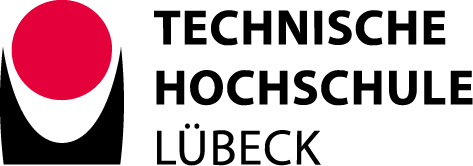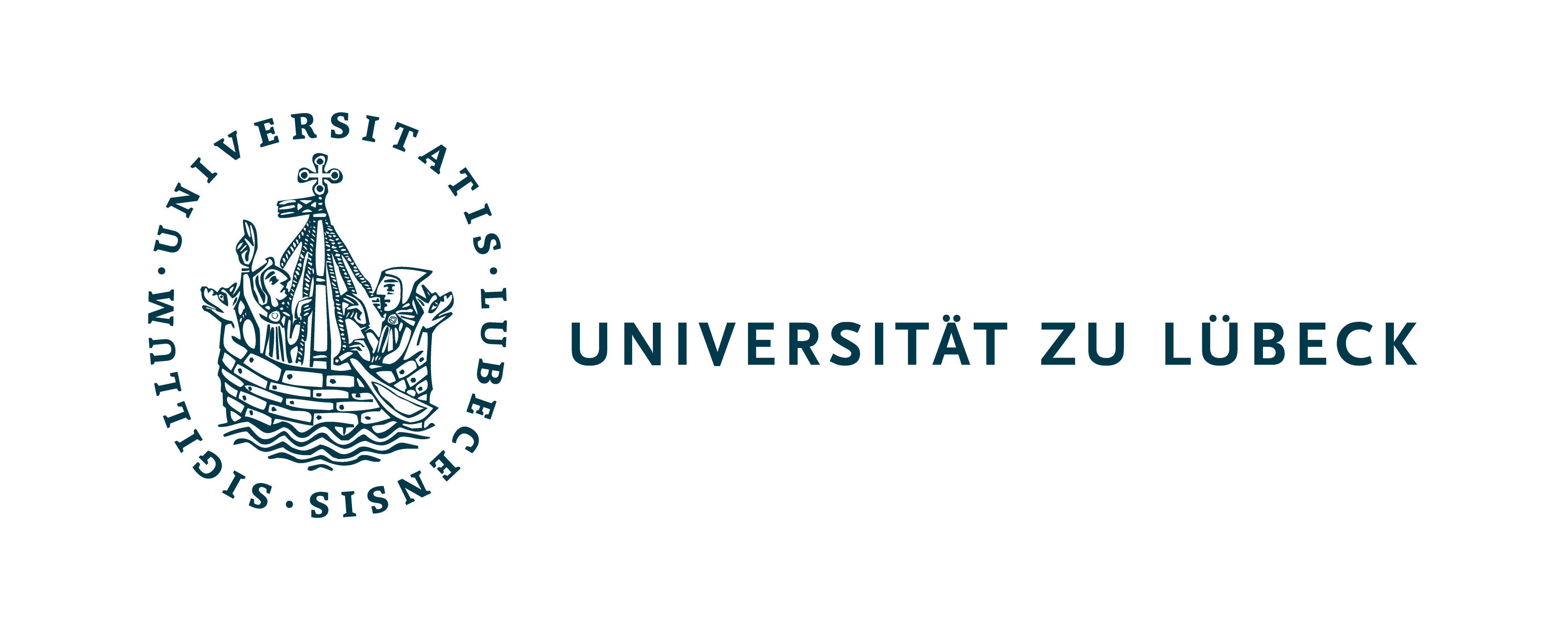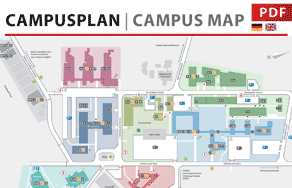O5G-N-IoT
| Duration: | 01.04.2022 - 31.03.2025 |
| Project Leader: | Prof. Dr.-Ing. Horst Hellbrück |
| Staff: | Ayman Soukieh, M.Sc.; formerly (Dr.-Ing. Swen Leugner, Melanie Badura, M.Sc.) |
Background
The 5G mobile communications standard has been in the starting blocks since 2019. In public, 5G is often only associated with faster mobile internet. But 5G can do much more. Especially in the area of the so-called Internet of Things (IoT), there are many areas of application for companies. A major challenge is the cost-intensive construction of private 5G networks, the so-called 5G campus networks. The often closed solutions and few, established providers slow down the expansion and the innovative opportunities for companies. Building on this core infrastructural problem, the application-specific 5G-enabled IoT devices needed for innovation cannot be developed.
The example of the "rescue forces of the future" makes this clear: The tasks of the rescue forces are perceived as very important. This contrasts with the public sector communication technologies available for rescue forces, such as TETRA, LTE and various other proprietary solutions. These solutions are closed and in some cases do not meet all the requirements placed on today's emergency operations.
In the project Open 5G Campus Networks for Emergency Operations Supported by Technologies for the Internet of Things (O5G-N-IoT), the focus is therefore on open architectures for the Internet of Things for industrial research and pre-competitive development. On the one hand, the focus is on the development and integration of 5G components, e.g. cameras and sensors such as gas detection devices for emergency response teams. On the other hand, an open 5G infrastructure is being developed that not only envisages the use of rescue forces, but also provides suitable technical support. A portable 5G system complements the solution. In this way, the guiding idea of an end-to-end programmable 5G+ system of the CampusOS lead project is being pursued in the application fields of the O5G-N-IoT.
Objective and Approach

Fig. 1: Schematic diagram of the O5G-N-IoT project
The CoSA competence centre is responsible for the development, systematic construction and evaluation of the 5G campus network for emergency and rescue operations. In the first phase, simulation models will be developed to represent the system. The simulation models form the basis for carrying out network-in-the-loop tests and optimally adapting the system parameters to the respective applications. The first phase ends with the construction of the stationary campus network. In the second phase, mobility characteristics are taken into account, which are based on location algorithms and specially adapted communication protocols. These are tested in the simulation models. The second phase ends with the mobile (nomadic) campus network. The last phase is an optimisation of both campus networks from the results and the respective evaluation. The phases are completed by integration into the application, end devices, 5G system monitoring respectively.
Innovation
The innovation consists on the one hand in the application of 5G technology for rescue forces within the framework of a digital twin, which provides a digital image of the situation picture, but also in the expansion of a 5G infrastructure dynamically in the event of an operation with terminals for emergency forces through open interfaces. In this way, emergency forces can either build on their own portable 5G infrastructure, enter and use an existing infrastructure or use a mixed operation of both options. The integration of IoT end devices such as sensors also takes place in the use case in accordance with the approach of an end-to-end programmable 5G+ system. The envisaged location solutions in the upcoming 5G versions will also be deployed for emergency services and for the use of the digital twin, allowing location data to be used for operations. To ensure resilience and scalability of the complex, dynamic system, formal methods are used for static and dynamic quality assurance of the solution.
Project partner | Founded by | |
| Bundesministerium für Wirtschaft und Klimaschutz
Förderkennzeichen: 01MC22005D |





